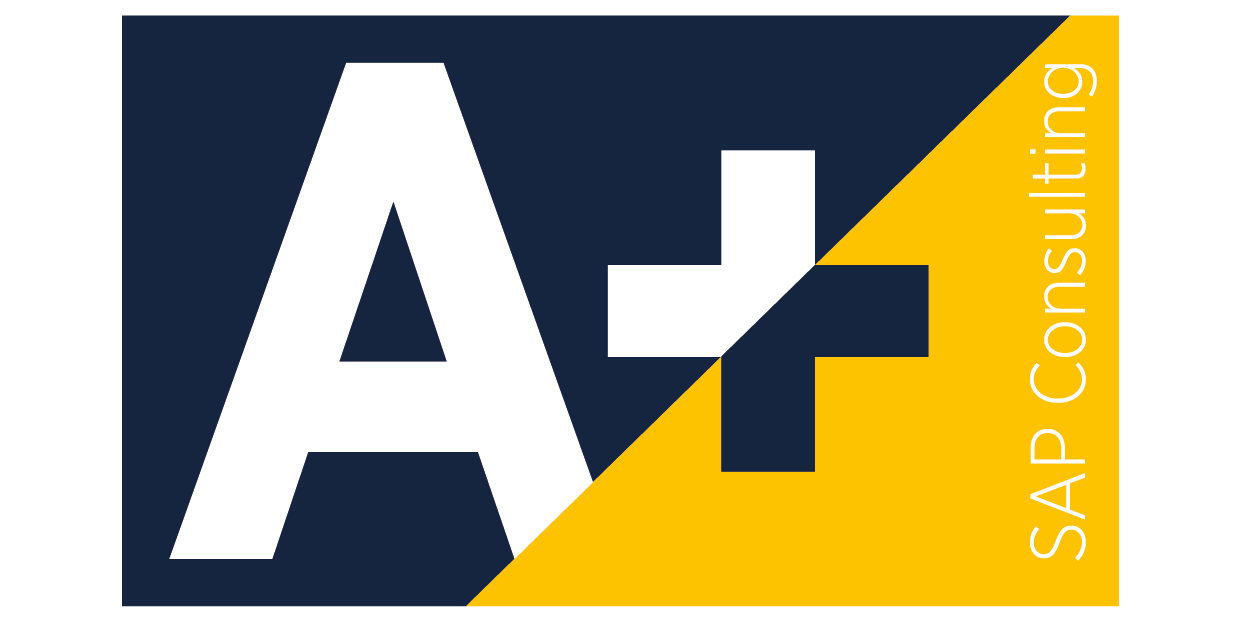Common Issues You May Run Into
Although the specific processes may be different, the key to SAP Supply Chain optimization lies in making the flow from MM to PP to SD as efficient as possible. Because of this commonality, we’ve seen a variety of companies run into the same sorts of issues again and again when they try to start optimizing their supply chain in SAP.
Here are just a few examples of the problems we tend to see:
Not Utilizing Standard SAP
SAP is an incredibly vast and powerful solution, but that size and complexity can sometimes be a bit intimidating. When coming on to help with a Supply Chain optimization project, we tend to run into situations where the company or business used to have a certain system, then they migrated to SAP, and then the implementation partner adds a number of customizations to try and adjust SAP so that it “works like it used to.”
Of course, there are a number of issues with not utilizing standard SAP, from not taking advantage of built-in functionalities or even entire modules to using third-party software to perform tasks that SAP already does. Not to mention the fact that all these inefficiencies will slow down migrations, clog up future upgrades, and just generally make it more difficult for SAP to talk to itself.
Manufacturing Process has Changed

Every company changes over time. Those changes might be slight (such as the kind of donuts you can find in the breakroom) or they might be enormous (moving from ECC to S/4, for example). But one thing remains the same—companies that don’t update their SAP to account for the fact that their needs have changed are not taking full advantage of their solution.
Production Bottlenecks
Inefficient processes, even little ones that don’t seem like a big deal, are a bit like twigs in a river. Toss the occasional stick into the flow, and someone downstream would never know the difference. But if those branches start piling up on each other, you can dam up the whole river. So even though someone in the warehouse might only have to manually enter an item into the system every once in a while or scroll through dozens of irrelevant options in a dropdown menu, things like that waste time, introduce the chance of manual error, and act as one more chance to form a logjam.
Recent S/4 Implementation
We’ve written about it before, but SAP plans to cut off support for ECC by 2027 (although customers can pay for support through 2030). Because of this, some forward-thinking manufacturers have decided to make the move to S/4 HANA sooner rather than later. While S/4 HANA is certainly the way of the future, manufacturers that upgrade find themselves wanting to make the most of their new software and they’re not sure where to begin.
While upgrading to S/4 HANA isn’t a problem (in fact, it’s a pretty smart decision), it can be difficult for companies familiar with SAP ECC to ensure that their supply chain flows smoothly in the new system.

SAP Supply Chain Optimization—Where to Start
If you’ve read this far, congratulations! You’re already ahead of the game. Now that you know what some of the common issues you may run into with your SAP Supply Chain optimization, you’re ready to find out what you can do about them. First things first, you need an analysis of your system to find out what its specific problems are.
However, it’s important not to make the common mistake of hiring someone to analyze your setup, mull over the information for a while, and then hire a consultant (or more accurately, a team of consultants) to come in and fix those problems. On the face of it, doing an analysis and then fixing the issues discovered sounds like a great idea. It’s just not the most efficient way to go about it.
The disconnect between those who analyze the system and those who are going to fix it can be a much bigger gap than you may think. So why not skip all the unnecessary efficiency loss and have the people you hire to fix your system be the same ones as those who analyzed it in the first place?
Best Way to Optimize Your Supply Chain? Skip the Bench
You know what might be wrong with your system. You know that whoever analyzes your setup should also be who fixes it. But how do you find the best consultant for your SAP Supply Chain optimization? Easy—you get in touch with Surety Systems.
Choosing an SAP consultant from Surety Systems comes with a number of advantages you won’t find anywhere else. Our SAP consultants are not only intimately familiar with the modules they specialize in, they also understand how those modules affect the ones they’re connected to, as well as your business flow in general. (This helps ensure that they won’t implement fixes that solve one problem while causing issues elsewhere.)
Our SAP consulting team’s depth of knowledge with standard SAP allows them to offer insights in the best ways to solve inefficiencies using best practices, not to mention out-of-the-box solutions thanks to their years of experience with these sorts of projects at other companies.
As far as documentation is concerned, we pride ourselves on offering accountability. The person who performs your analysis and/or updates your system is the same person who creates your documentation, not some anonymous consultant from a bench of folks. The name of the consultant that created your documentation will be right there in black and white. Need to get in contact with that person a few years down the road? Not a problem. Our consulting team can easily get you in contact with them again.




